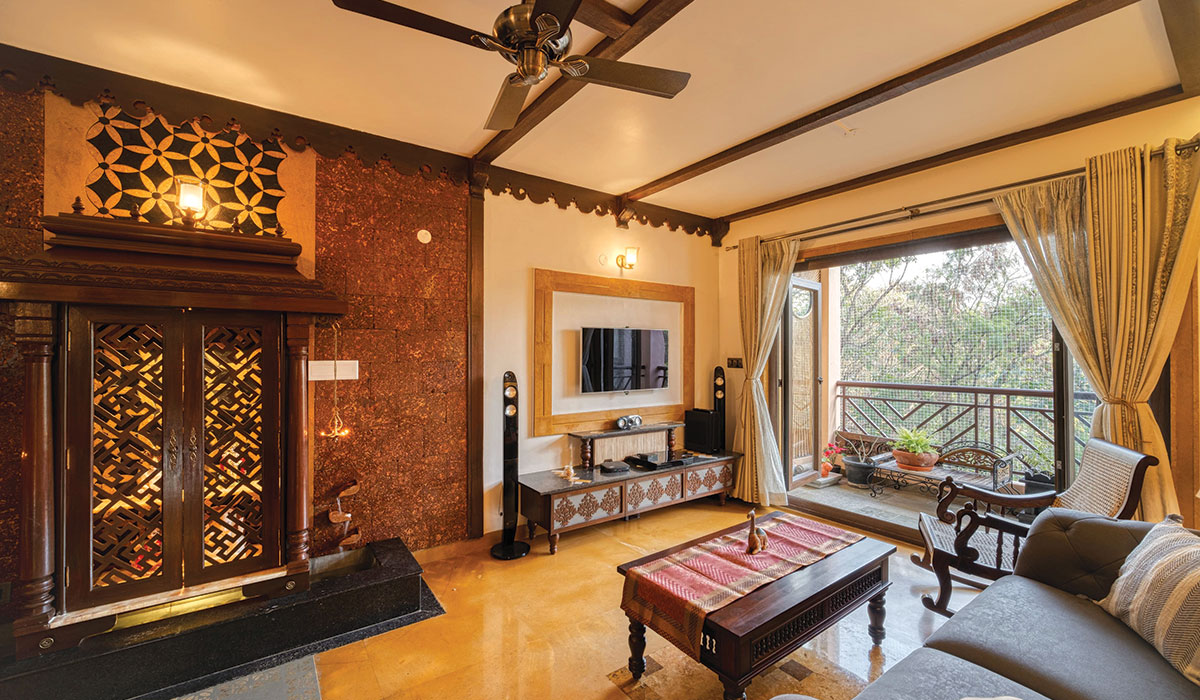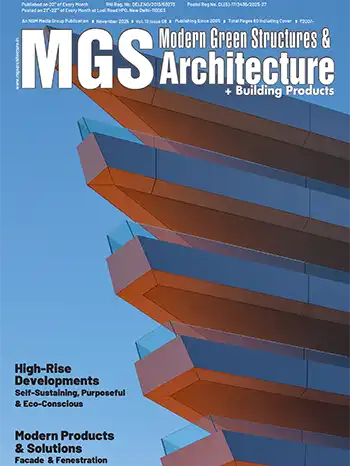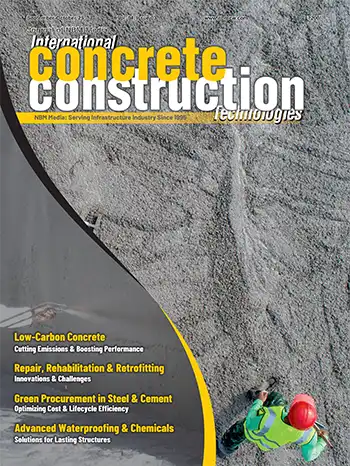Sustainability in architecture is not just about the buildings you create, but about how you design them, the materials you use, and the way you construct them.
Bindu K and Raghunathan Elangovan
Biophilic design is bringing nature indoors through natural elements such as plants, sunlight, fresh air, natural materials, and patterns inspired by nature. It makes spaces feel healthier, calmer, and simply enjoyable. From indoor gardens and water features to rooftop greenery and living walls, people are loving the idea of reconnecting with nature in their homes and workspaces.

While natural materials such as bamboo, stone and wood continue to be popular green choices, hemp-based materials enable eco-friendly construction. Hemp, being a fast-growing plant requires minimal effort to cultivate. Due to its excellent insulation abilities, hempcrete is a great material for walls and flooring.
Zero-waste construction is reducing waste on-site by reusing and recycling materials wherever possible. It also emphasizes using local, sustainable resources to cut down on transportation and overall environmental impact.
















